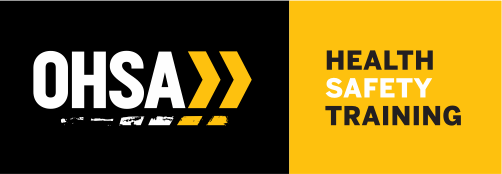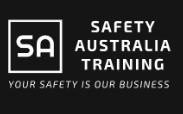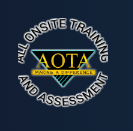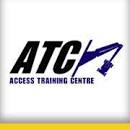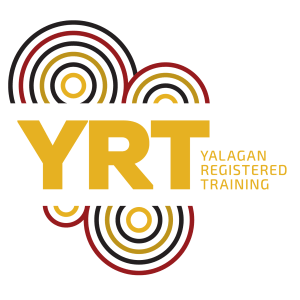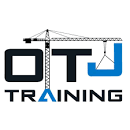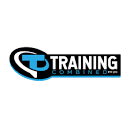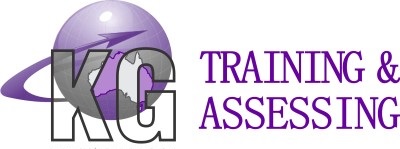Top 10 Rigging and Slinging Courses in Australia
Discover Courses Tailored For You
Find the best courses to enhance your skills in various domains. Our diverse selection of courses will help you achieve your professional and personal goals.
New Courses
Study with Top Creative Specialists
Learn directly from top creative experts on CourseTakers. Enhance your skills with their practical insights and experience.
All Top 10 Rigging and Slinging Courses in Australia
Are you looking for Rigging and Slinging courses in Australia? Here are the Top 10 Rigging and Slinging training in Australia.
The course fee for Rigging and Slinging classes in Australia ranges from $500 for a 5-day Licence to Perform Rigging (Basic Level) course, up to $1950 for a 5-day Licence To Perform Rigging (Basic Level) training.
48 Results




